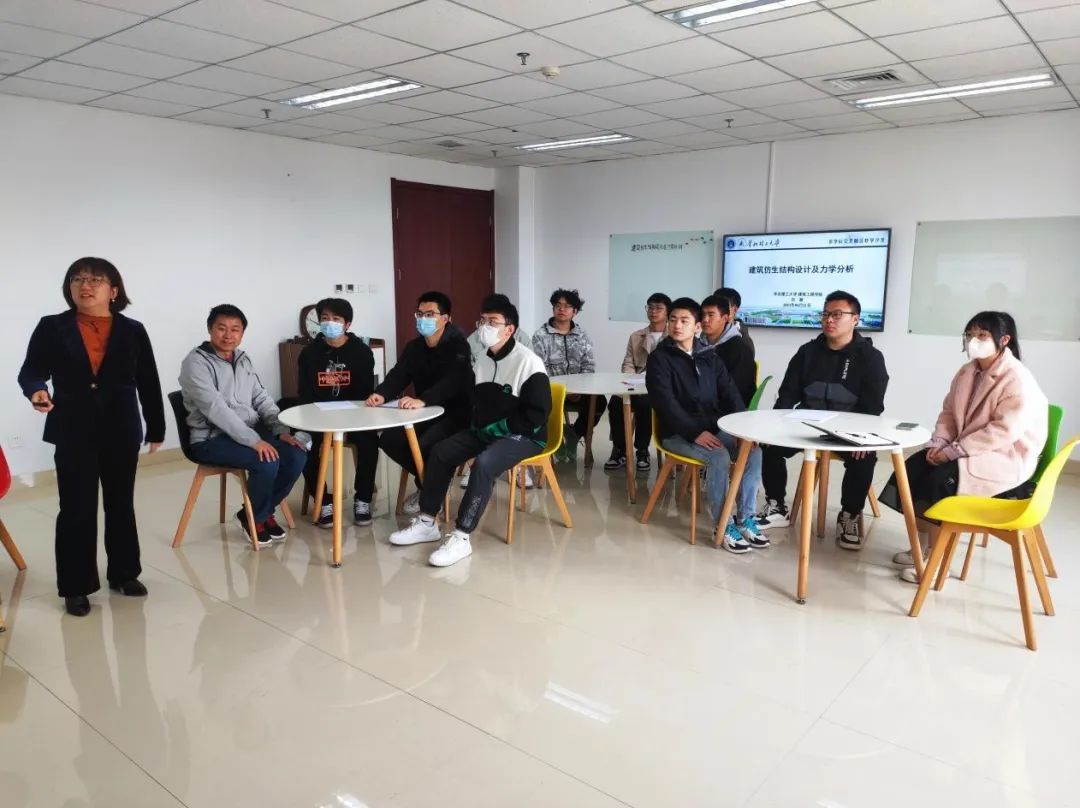The participating teachers had in-depth discussions and exchanges around the issues such as the support of bionic technology for green buildings, the promotion of modern scientific and technological means for bionic buildings, and the contribution of architectural bionics to sustainable development.
Recently, the School of Architecture and Engineering organized a multi-disciplinary interdisciplinary exchange and discussion activity with the theme of “Architectural Biomimetic Structure Design and Mechanical Analysis”.
More than 30 teachers from the School of Architecture and Engineering, the School of Artificial Intelligence, and the School of Basic Medicine participated in the discussion and exchange.
This interdisciplinary integration and exchange seminar has broadened the research horizons of teachers and provided a good platform for teachers to engage in interdisciplinary integration and exchange.
.
She pointed out that the rapid development of mechanics and biological sciences has promoted the application of mechanical methods in analyzing the composition and function of organisms, providing conditions for building biomimetics; From a development perspective, future biomimetic architecture will be a manifestation of ecological architecture, belonging to green architecture; Biomimetic buildings will also be intelligent buildings, achieving a positive interaction between buildings and humans, as well as between buildings and nature through the integration of various high-tech means; With the progress of technology and the change of people’s ideas, architectural bionics will develop in the direction of the organic combination of environmental ecology, economic benefits and architectural space forms, making an important contribution to the sustainable development of human society.
Teacher Ba Ying provided a detailed introduction on the historical evolution and design principles of the application of biomimetic concepts in architectural structural design, combined with typical cases.



